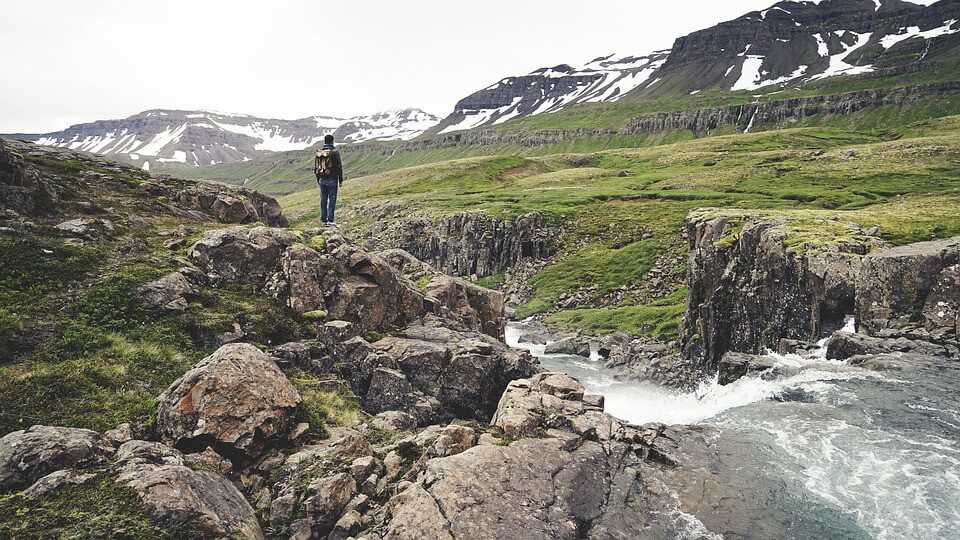Winter is rapidly approaching, and this can spell disaster for new and underprepared cyclists. Inclement weather, earlier sunsets, and colder temperatures make winter cycling a formidable challenge, but with a little foresight and preparation, it is more than possible.
Here are some quick tips for better cycling in the winter.
Get proper clothing
In most cases, clothing will be a cyclist’s primary concern when preparing for harsh winter weather. However, the definition of “proper” winter clothing may be less defined, depending on the cyclist’s experience level. Some newer cyclists wrongly dress in what they think will be appropriate apparel for colder conditions (such as thick fleece clothing), only to set themselves up for a rude awakening several miles into a ride. From gloves to socks, specific gear preferences will vary per rider, so it is important to consider the options and find what will work best for your body type, tolerance to cold weather, and overall cycling style.
Fortify your bike accordingly
Once you are properly dressed for colder riding, it is equally important to ensure your bike is mechanically prepared for the unique demands of winter conditions. For example, a common rule of thumb is to assume that “the worse the weather gets, the more likely you are to puncture a tire.” Therefore, be sure to equip durable tires designed for such conditions, all while performing regular maintenance on chains, handlebars, and other key bike components to mitigate the chance of a wreck or breakdown — you certainly do not want to become stranded in a negative degree wind chill.
Continue to fuel properly
After dealing with the sometimes oppressive heat of summer, it is easy to fall into a trap of under hydrating in colder months; the thirst and immediate distress of dehydration is usually not as evident after a colder ride. While this may make a lot of sense, in theory, it is important that you keep yourself disciplined with hydration and nutrition, regardless of the conditions. Proper fueling will ensure you are continuing to get the most out of each ride.
Invest in night riding gear
Perhaps the most frustrating part of winter cycling is having less daylight to do so. As many of us work jobs that keep us from the roads during the winter sunlight, it may be wise to invest in night riding gear to broaden your riding opportunities. This gear could range from lights to reflective apparel. Regardless, be sure to keep yourself illuminated in some manner. Going into a night ride with no form of safety lighting is one of the biggest risks you can take as a cyclist.
